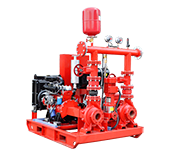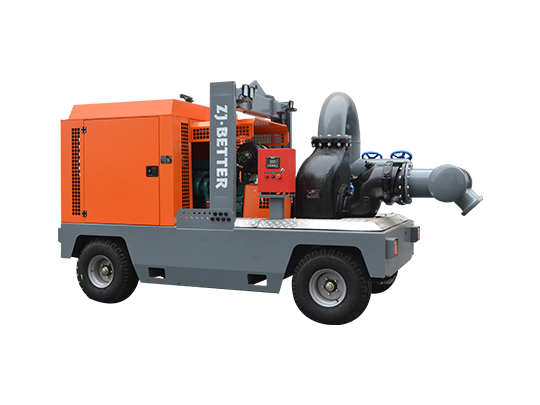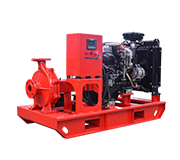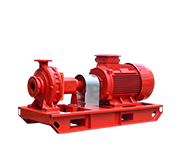NFPA 20 outlines the requirements for the installation, testing, operation, and maintenance of fire pumps to ensure their proper performance during emergencies. It covers various aspects of fire pump design, construction, and operation to ensure that fire pumps are reliable and effective in protecting life and property from fire-related risks.
.jpg)
The standard addresses various types of fire pumps, including electric motor-driven pumps, diesel engine-driven pumps, and steam turbine-driven pumps. It specifies requirements for pump sizing, water supply sources, controllers, and accessories, as well as the installation and layout of fire pump rooms.
Here are some key areas covered by NFPA 20:
-
Fire Pump Types and Categories: The standard classifies fire pumps based on their intended use, capacity, and power sources.
-
Water Supply Requirements: NFPA 20 sets forth guidelines for the adequacy and reliability of water supply sources that the fire pump relies on for operation.
-
Installation: The standard provides requirements for the proper installation of fire pumps, including the pump room layout, clearances, and access.
-
Controllers and Accessories: NFPA 20 covers the design and function of controllers, alarms, pressure sensing devices, and other accessories that are part of a fire pump system.
-
Testing and Maintenance: The standard outlines the procedures for testing and maintaining fire pumps to ensure their readiness and functionality.
-
Compliance: NFPA 20 provides guidelines for ensuring compliance with the standard's requirements and highlights the importance of coordination with other relevant NFPA standards.
It's crucial for building owners, fire protection engineers, and authorities having jurisdiction to be familiar with NFPA 20 to ensure that fire pumps are installed and maintained in accordance with the highest safety standards. This helps guarantee that the fire protection systems are reliable and capable of safeguarding occupants and property in the event of a fire emergency.






